DevOps Services
What is DevOps?
DevOps Model Defined
DevOps is a set of cultural philosophies, practices, and tools that improves an organization’s ability to deliver applications and services at high velocity: evolving and improving products at a faster rate than traditional software development and infrastructure management processes. This speed allows organizations to better serve their customers and compete in the market.
How DevOps Works
Development and operations teams are no longer “silos” in a DevOps model. These two teams are sometimes combined into a single team in which the engineers work across the entire application lifecycle, from development and testing to deployment and operations, and develop a diverse set of skills that are not limited to a single function.
Quality assurance and security teams may become more closely integrated with development and operations throughout the application lifecycle in some DevOps models. When everyone on a DevOps team is focused on security, this is referred to as DevSecOps.
These teams employ practices to automate processes that were previously manual and time-consuming. They employ a technology stack and tooling that enables them to operate and evolve applications in a timely and dependable manner. These tools also enable engineers to complete tasks independently (for example, deploying code or provisioning infrastructure) that would otherwise require assistance from other teams, increasing a team’s velocity.
Benefits of DevOps
Speed
Move quickly so you can innovate for customers faster, better adapt to changing markets, and become more efficient at driving business results. Your developers and operations teams can achieve these results thanks to the DevOps model. Microservices and continuous delivery, for example, enable teams to take ownership of services and then release updates to them more quickly.
Rapid Delivery
Increase the frequency and pace of releases to allow you to innovate and improve your product more quickly. The faster you can release new features and fix bugs, the more quickly you can respond to your customers’ needs and gain a competitive advantage. Continuous integration and continuous delivery are practices that automate the entire software release process, from development to deployment.
Reliability
Ensure the quality of application updates and infrastructure changes so that you can deliver at a faster rate while maintaining a positive user experience. Continuous integration and continuous delivery practices can be used to ensure that each change is functional and safe. Monitoring and logging practices enable you to keep track of performance in real time.
Scale
Scale up the operation and management of your infrastructure and development processes. Automation and consistency allow you to manage complex or changing systems more efficiently and safely. Infrastructure as code, for example, allows you to manage your development, testing, and production environments in a more repeatable and efficient manner.
Improved Collaboration
Create more effective teams by following a DevOps cultural model that emphasizes values like ownership and accountability. Developers and operations teams work closely together, sharing many responsibilities and combining workflows. This reduces waste and saves time (e.g. reduced handover periods between developers and operations, writing code that takes into account the environment in which it is run).
Security
Move quickly while maintaining control and compliance. You can use automated compliance policies, fine-grained controls, and configuration management techniques to implement a DevOps model without sacrificing security. For example, you can define and then track compliance at scale by using infrastructure as code and policy as code.
Why DevOps Matters
From shopping to entertainment to banking, software and the Internet have transformed the world and its industries. Software is no longer just something that helps a business; it is now an essential component of every aspect of a business. Companies interact with their customers via software delivered as online services or applications, as well as on a variety of devices. They also use software to improve operational efficiencies by transforming all aspects of the value chain, including logistics, communications, and operations. Similarly to how physical goods companies used industrial automation to transform how they designed, built, and delivered products throughout the twentieth century, companies today must transform how they build and deliver software.
How to Adopt a DevOps Model
DevOps Cultural Philosophy
The transition to DevOps necessitates a shift in culture and mindset. DevOps, at its most basic, is about breaking down barriers between two traditionally separate teams: development and operations. There may not even be separate development and operations teams in some organizations; engineers may do both. With DevOps, the two teams collaborate to improve both developer productivity and operational reliability.
They strive to communicate frequently, increase efficiencies, and improve the quality of customer service. They take full responsibility for their services, often going above and beyond their stated roles or titles, by considering the end customer’s needs and how they can contribute to solving those needs. Quality assurance and security teams may become inextricably linked with these teams. Regardless of organizational structure, organizations that use a DevOps model have teams that view the entire development and infrastructure lifecycle as part of their responsibilities.
DevOps Practices Explained
A few key practices help organizations innovate faster by automating and streamlining software development and infrastructure management processes. The majority of these practices are carried out with the proper tooling.
One fundamental practice is to perform small but frequent updates. This is how businesses can innovate more quickly for their customers. These updates are typically more incremental in nature than the infrequent updates carried out under traditional release practices. Frequent but minor updates reduce the risk of each deployment. They enable teams to address bugs more quickly by identifying the last deployment that caused the error. Although the frequency and size of updates will vary, organizations that use a DevOps model deploy updates much more frequently than organizations that use traditional software development practices.
A microservices architecture may also be used by organizations to make their applications more flexible and to enable faster innovation. The microservices architecture divides large, complex systems into small, self-contained projects. Applications are divided into numerous individual components (services), each of which is dedicated to a single purpose or function and operates independently of its peers and the application as a whole. This architecture reduces the coordination overhead of updating applications, and organizations can move more quickly when each service is paired with small, agile teams that take ownership of each service.
The combination of microservices and increased release frequency, on the other hand, results in significantly more deployments, which can pose operational challenges. Thus, DevOps practices such as continuous integration and continuous delivery address these issues and enable organizations to deliver quickly while remaining safe and dependable. Infrastructure automation techniques such as infrastructure as code and configuration management aid in keeping computing resources elastic and responsive to frequent changes. Furthermore, using monitoring and logging allows engineers to track the performance of applications and infrastructure so that they can respond quickly to problems.
These practices, when combined, enable organizations to provide faster and more reliable updates to their customers. Here’s a rundown of key DevOps practices.
DevOps Practices
The following are DevOps best practices:
- Continuous Integration
- Continuous Delivery
- Microservices
- Infrastructure as Code
- Monitoring and Logging
- Communication and Collaboration
Below you can learn more about each particular practice.
Continuous Integration
Continuous integration is a software development practice in which developers merge their code changes into a central repository on a regular basis, after which automated builds and tests are run. Continuous integration’s main goals are to find and fix bugs faster, improve software quality, and shorten the time it takes to validate and release new software updates.
Continuous Delivery
Continuous delivery is a software development practice in which code changes are automatically built, tested, and ready for production release. It extends continuous integration by deploying all code changes to a testing and/or production environment following the build stage. When continuous delivery is properly implemented, developers will always have a deployment-ready build artefact that has passed a standardized test process.
Microservices
The microservices architecture is a design approach to build a single application as a set of small services. Each service runs in its own process and communicates with other services through a well-defined interface using a lightweight mechanism, typically an HTTP-based application programming interface (API). Microservices are built around business capabilities; each service is scoped to a single purpose. You can use different frameworks or programming languages to write microservices and deploy them independently, as a single service, or as a group of services.
Infrastructure as Code
Infrastructure as code refers to the practice of provisioning and managing infrastructure using code and software development techniques such as version control and continuous integration. Instead of having to manually set up and configure resources, the cloud’s API-driven model allows developers and system administrators to interact with infrastructure programmatically and at scale. Engineers can thus interact with infrastructure using code-based tools and treat infrastructure in the same way they treat application code. Infrastructure and servers can be quickly deployed using standardized patterns, updated with the latest patches and versions, or duplicated in repeatable ways because they are defined by code.
Configuration Management
Code is used by developers and system administrators to automate operating system and host configuration, operational tasks, and other tasks. Code allows configuration changes to be repeated and standardized. It relieves developers and system administrators of the burden of configuring operating systems, system applications, and server software manually.
Policy as Code
Organizations can monitor and enforce compliance dynamically and at scale when infrastructure and configuration are codified in the cloud. Code-defined infrastructure can thus be tracked, validated, and reconfigured automatically. This makes it easier for organizations to manage resource changes and ensure that security measures are properly enforced across the board (e.g. information security or compliance with PCI-DSS or HIPAA). Because non-compliant resources can be automatically flagged for further investigation or even brought back into compliance, teams within an organization can move at a faster pace.
Monitoring and Logging
Organizations track metrics and logs to see how application and infrastructure performance affects the end-user experience of their products. Organizations understand how changes or updates impact users by capturing, categorizing, and then analyzing data and logs generated by applications and infrastructure, shedding light on the root causes of problems or unexpected changes. Active monitoring becomes more important as services must be available 24 hours a day, seven days a week, and the frequency of application and infrastructure updates increases. Creating alerts or performing real-time analysis of this data also allows organizations to monitor their services more proactively.
Communication and Collaboration
One of the key cultural aspects of DevOps is increased communication and collaboration within an organization. By physically bringing together the workflows and responsibilities of development and operations, the use of DevOps tooling and automation of the software delivery process establishes collaboration. On top of that, these teams establish strong cultural norms for information sharing and communication by utilizing chat applications, issue or project tracking systems, and wikis. This speeds up communication among developers, operations, and even other teams such as marketing and sales, allowing all parts of the organization to be more closely aligned on goals and projects.
DevOps Tools
The DevOps model relies on effective tooling to enable teams to deploy and innovate for their customers in a timely and dependable manner. These tools help teams manage complex environments at scale, as well as keep engineers in control of the high velocity enabled by DevOps.



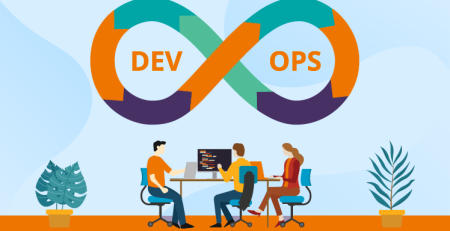

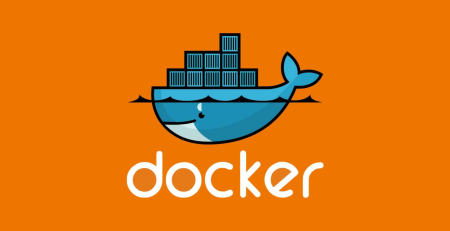



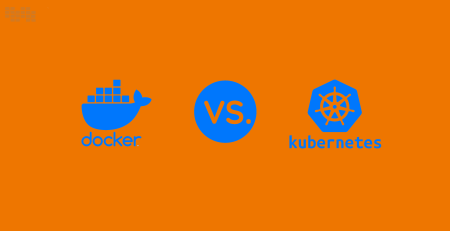

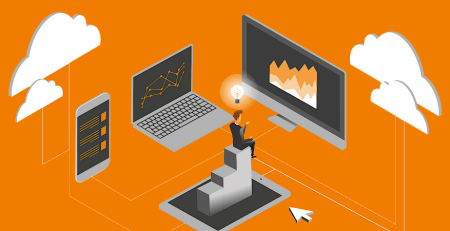
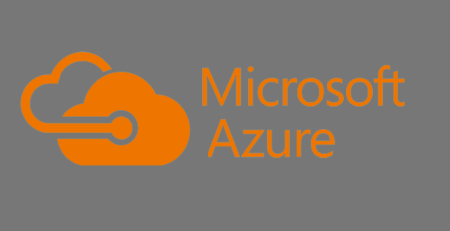
Leave a Reply